
Summer Camp is a wrap for 2019! Please check back in spring for a listing of Summer 2020 camps.
The University Museum is excited to announce its 2019 schedule of fun-filled summer camps for children.
Children will encounter mythological creatures, explore the Museum, and experiment with new art materials
in these exciting and educational camps inspired by the Museum’s collections and special exhibits.
Returning camper? —we will have new projects, so join us again!
Cost of each weeklong camp:
$65 per participant for Museum Members at the Family level and above
$85 per participant for non-members
All supplies and snacks are included in the cost.
Space is very limited, and camps will fill up quickly, so sign up today!
Registration opens March 1, 2019, 8:00 a.m.
Let us know if you are unable to register online. A limited number of need-based scholarships are available. Contact Stacy Bell, Curator of Education, at 662.915.7205 or slbell@olemiss.edu if you have any questions or to request a scholarship application.
For Children Entering Grades 1–5:
World Travelers Camp
June 10-14, 2019, 9 a.m.–noon
In this week’s camp we will explore the UM Museum’s diverse collections and beyond as we travel around the world, learning about unique cultures and creating art inspired by a new region each day.
Birds: Art and Ornithology Camp
June 17-21, 2019, 9 a.m.–noon
Inspired by the Museum’s special exhibition, The Art of Identification by David Allen Sibley, students will learn to identify different types of birds, create art that takes flight, and explore nature in this fun week of camp.
Mythology Camp
July 8-12, 2019, 9 a.m.–noon
Inspired by the Museum’s collection of Greek, Roman, and Egyptian artifacts, we will explore ancient civilizations, mythological creatures, and thrilling legends.
Appetizing Art Camp
July 15-19, 2019, 9 a.m.–noon
From Wayne Thiebaud’s colorful confections to Warhol’s soup can to ancient Greek fish plates, campers will explore art inspired by food while also creating their own culinary treats throughout the week.
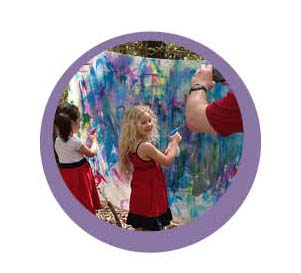 For Children in Preschool and Entering Kindergarten:
For Children in Preschool and Entering Kindergarten:
Mini Masters Explorer Camp
June 24–28, 2019, 9 a.m.-11:00 a.m.
For Ages 3–5 and a Grown-up*
Get the young ones ready to head back to preschool or kindergarten by making art with their new friends inspired by toddler stories and art from the Museum’s collections!
*Due to UM policies, all mini masters must be accompanied by an adult (can be one guardian for multiple children). Coffee and snacks will be provided for grown ups!
For Children Entering Grades 6–8
All About Art: Middle School Edition
July 22–26, 2019, 9 a.m.–noon
Experiment with drawing, illustrating, painting, sculpture, and mixed media in this fun-filled week of art inspired by Museum collections and exhibitions. All levels of experience are welcome.
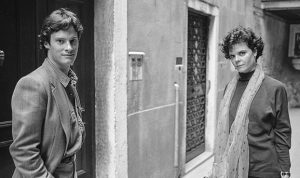
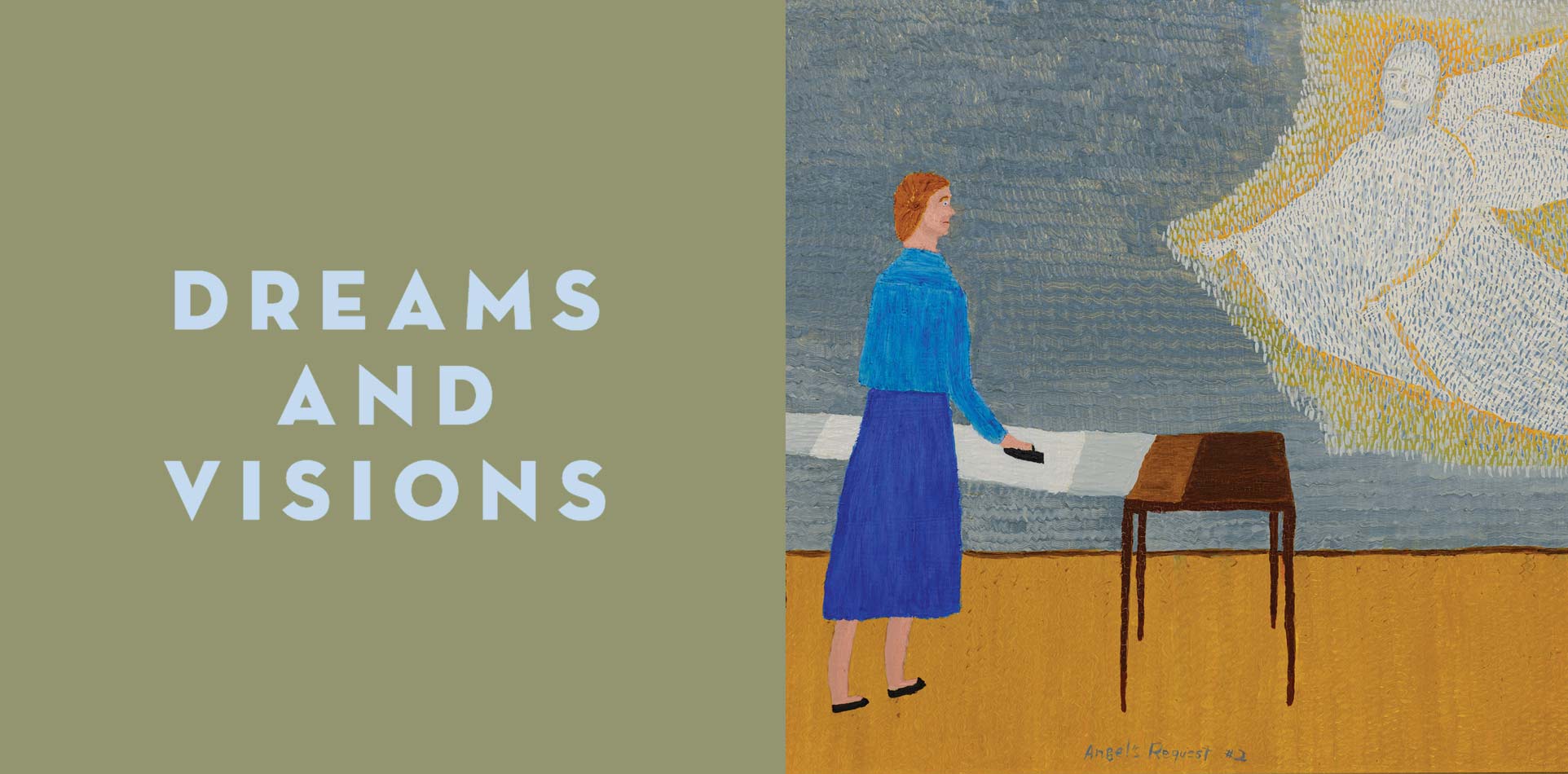
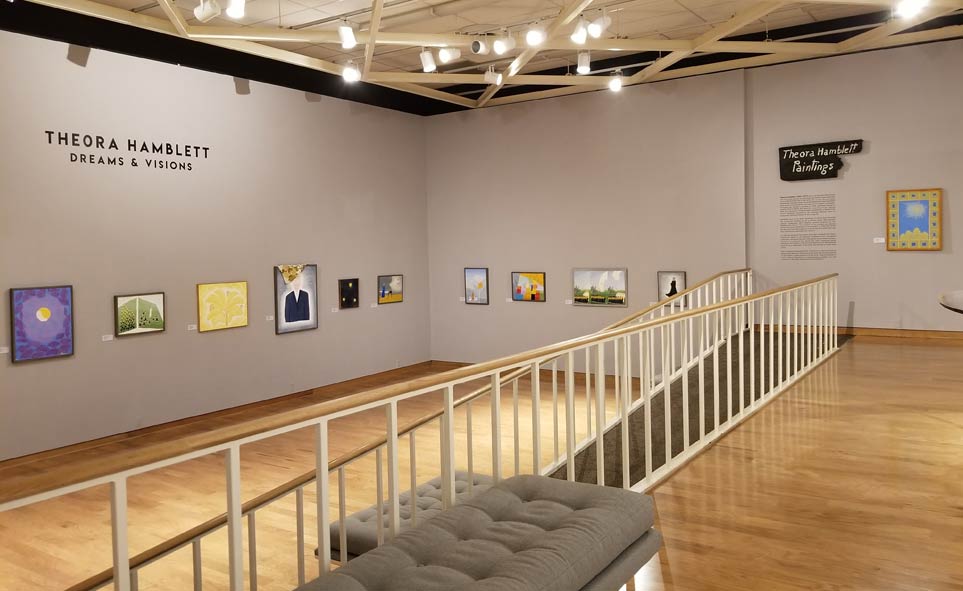
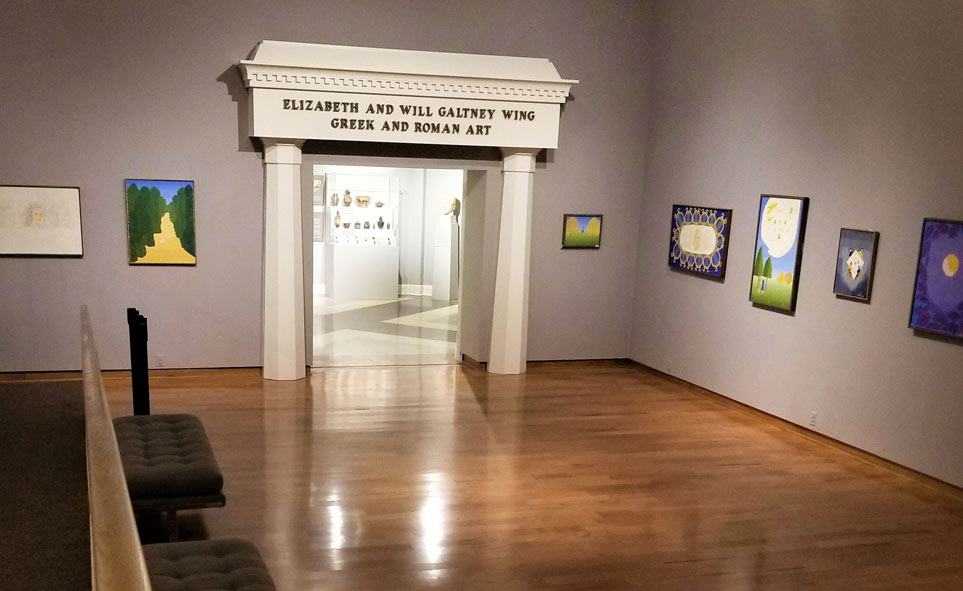
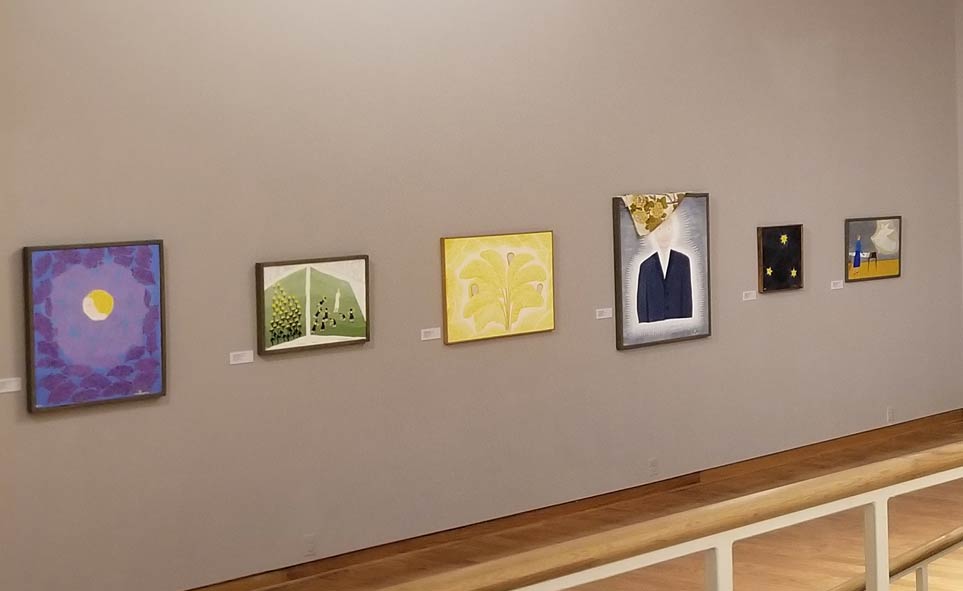
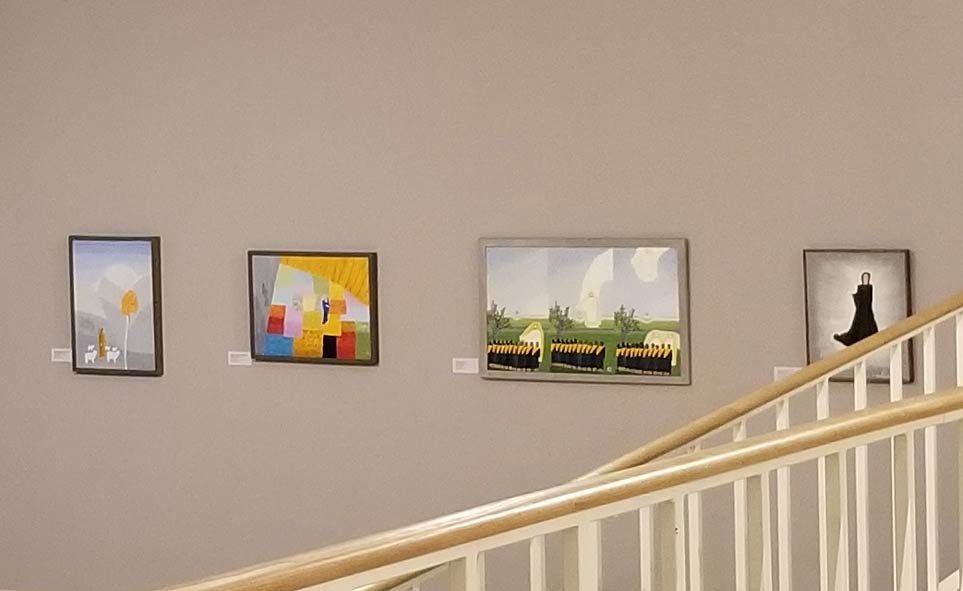
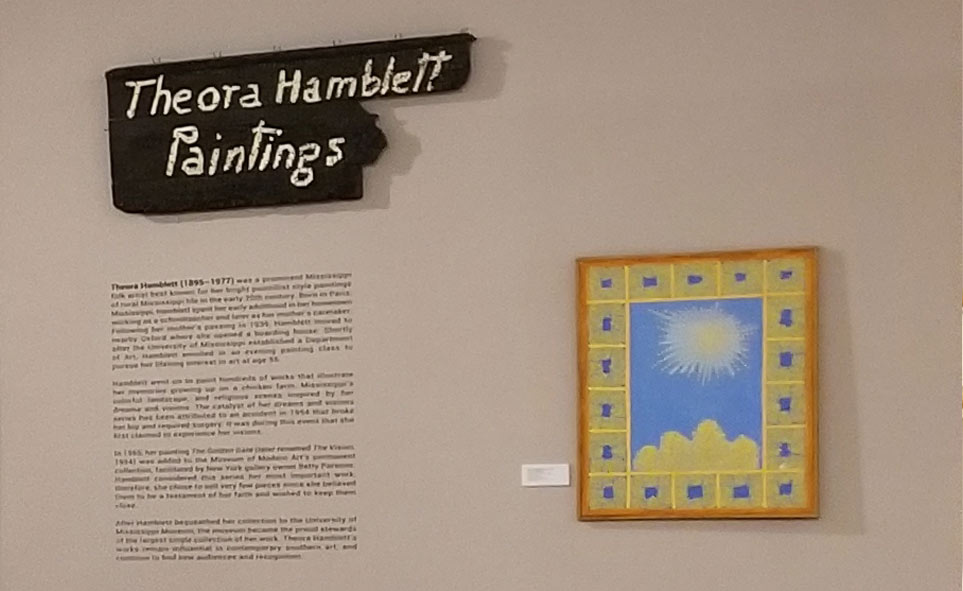
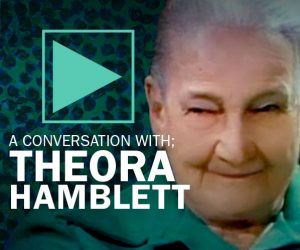
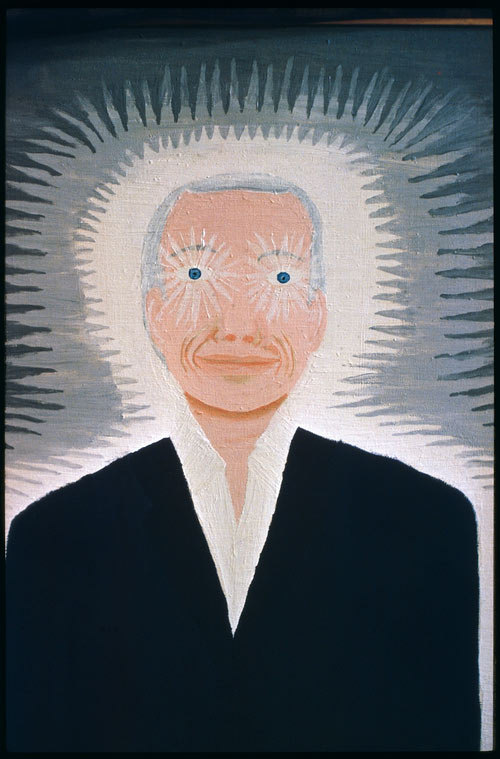


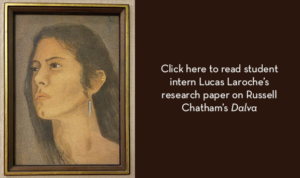

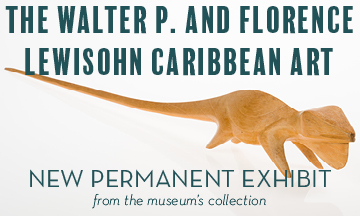
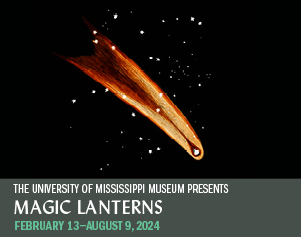









Hear Our Latest News First!